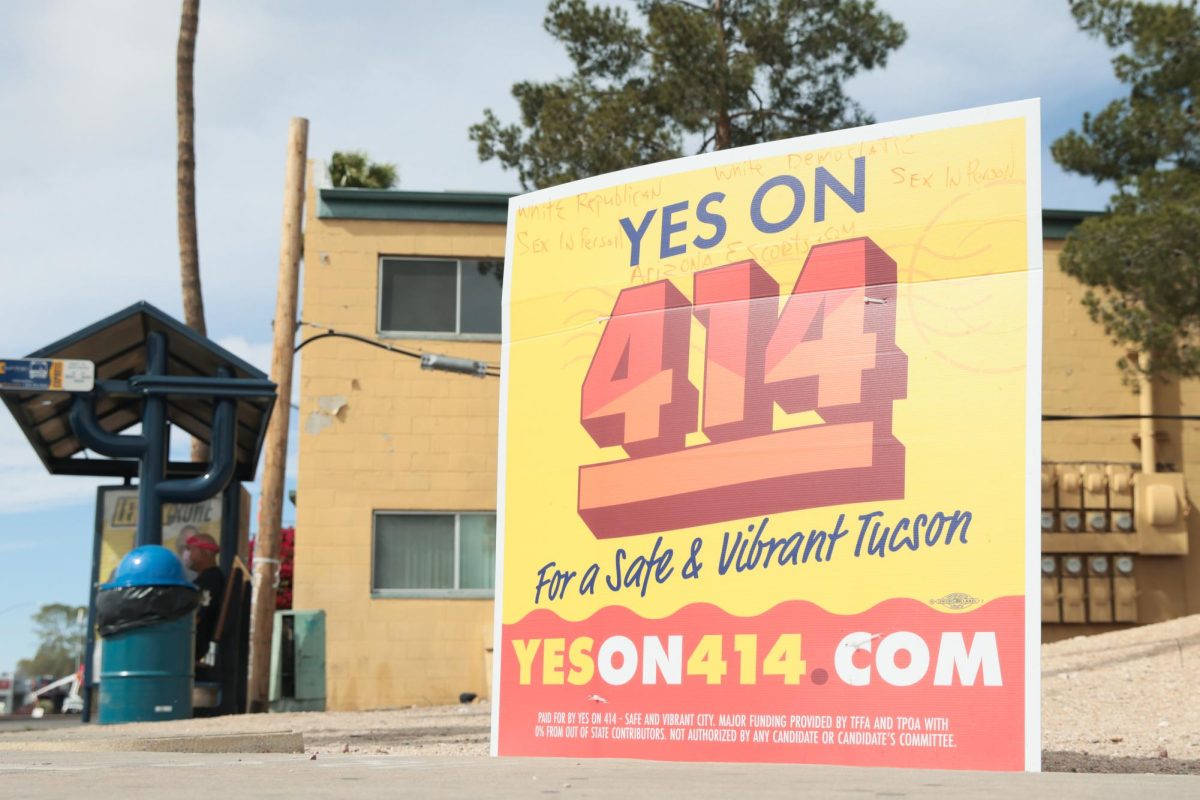The Student Aid and Fiscal Responsibility Act will give the federal government a chance to invest as much as $87 billion into education, without relying on taxpayers.
“”The time of going to college has never been so important and it’s never been so expensive,”” said Arne Duncan, U.S. secretary of education.
The act passed in the House of Representatives in September 2009 and is awaiting Senate approval.
John Nametz, director of the Office of Student Financial Aid, said it’s really hard to speculate whether the Senate will pass the bill and what the final result may be.
“”This would end the private side of student loan programs — we’re already prepared for that,”” Nametz said.
He said, should the bill pass, it would have a pretty minimal impact for some students who are already seeing their loan discounts with private banks dwindle because of a bad market.
“”Five years ago I would have said it’s terrible … but because of the market situation, it’s almost exactly equal, it might be simpler,”” Nametz said.
Nametz said the bill would be an improvement from a student’s point of view and that President Obama has goals that would certainly help students.
“”SAFRA will not reach these goals; it’s a step,”” Nametz said. “”There’s a good chance it may not get passed.””
While it does include changes for children’s early education, it primarily focuses on making college more affordable for students and preparing them for “”21st-century jobs.””
“”The president wants to make sure that this country has the highest proportion of college graduates by the year 2020,”” said Melody Barnes, White House domestic policy advisor. “”He knows we have to make higher education more accessible to people.””
Barnes said the Student Aid and Fiscal Responsibility Act bill is critical in ensuring that college students finish their education, whether they entered college directly after high school or are going back to school.
“”One piece of this (bill) is a huge investment in community colleges,”” Duncan said.
Community colleges play an important role for people looking to go back to school later in life, make a career change, touch up their job skills or get certified in a specific area.
The Student Aid and Fiscal Responsibility Act will concentrate on shrinking college students’ need for private loans from banks that charge high interest rates by increasing Pell Grants and Perkins Loans.
The Perkins Loan program, which provides low-cost loans to students, would maintain and expand the availablility of low interest rates. Pell Grants would receive a $40 billion investment so the maximum annual scholarship will match tuition inflation plus 1 percent, Duncan said.
According to Barnes, cutting out the middleman means “”going from subsidized lending to direct lending which would mean that the U.S. Treasury would originate those loans and those loans would be serviced on a competitive basis by lenders.””
Duncan said the income-based repayment portion of the bill is hugely important in attracting talented teachers for Americans.
“”A lot of people would have loved to teach, but couldn’t follow their passion because of their debt,”” he said. “”If we’re able to reduce loan repayment each month, 10 percent of income, we can attract people into public education.””
Any individual who enters a public service job need only pay their debt for 10 years. After the 10-year period, their debt is completely forgiven.
“”I can empathize with parents who don’t want to send their kids to college if they’re going to have debt hanging over their heads,”” Barnes said. “”This burden shouldn’t hurt the job the student takes after college.””
Dan Klizas, undecided freshman, said anything that puts more money into education is a good thing.
“”I hope it passes,”” he said. “”Hopefully it’ll give more people the opportunity to go to college and do what they really want.””







